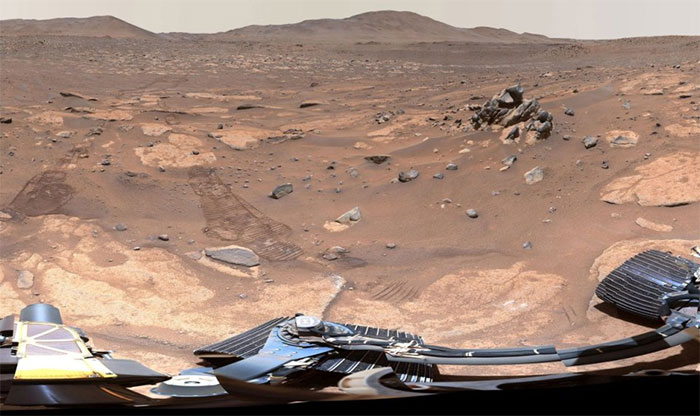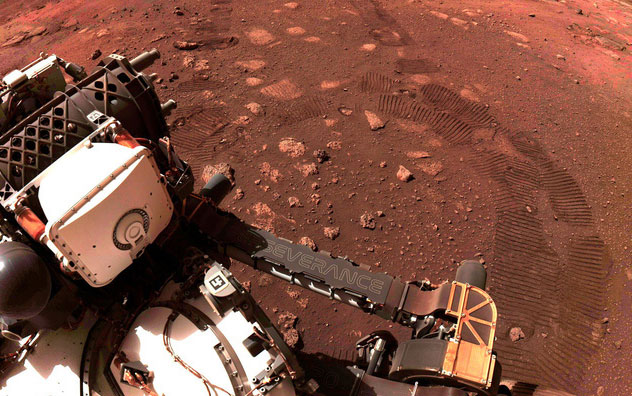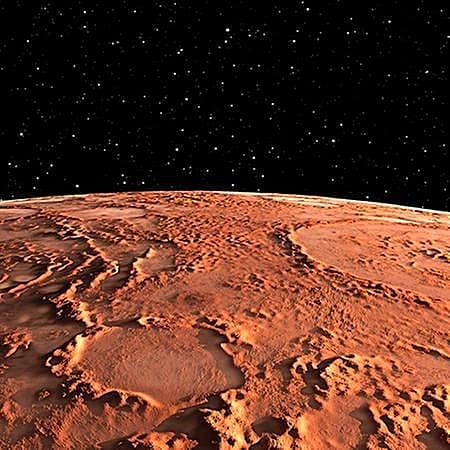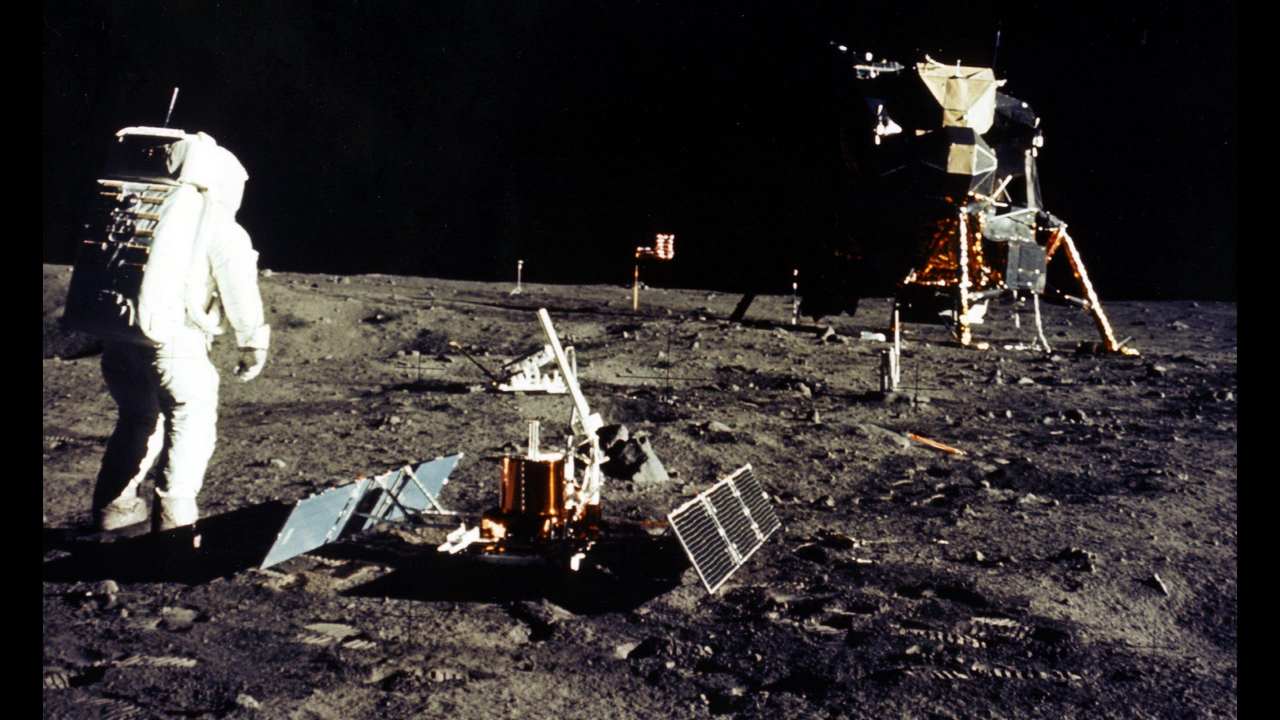NASA is gearing up for an ambitious project that could reshape our understanding of the Red Planet. The United States’ space agency plans to bring rocks from Mars back to Earth, collecting valuable samples gathered by the Perseverance rover. As the agency opens the floor to public opinion through public meetings this week, the proposal has generated both excitement and concerns among scientists and space enthusiasts alike, as reported by BGR.

The Perseverance rover, a marvel of robotic exploration, has been diligently collecting rock samples from the Martian surface. NASA now contemplates the next phase of this groundbreaking mission — returning these samples to Earth. The move aims to unlock the secrets concealed within the Martian rocks, potentially holding clues about the planet’s ancient history and the possibility of past life.

NASA’s commitment to transparency and public engagement takes center stage as the agency seeks public input on the plan to bring Martian rock samples back to Earth. The excitement among the public is palpable, but it is not without reservations. Some scientists express concerns, emphasizing the need for precautionary measures to ensure that potential extraterrestrial microbes do not pose a risk to Earth’s biosphere.

Notable scientists, such as Peter Doran from Louisiana State University, caution against the potential risks associated with bringing Martian samples to Earth. While the likelihood of finding living organisms on the Martian surface is deemed low, Doran emphasizes the need for vigilance and the importance of safeguarding Earth against any unforeseen microbial threats.

NASA’s current strategy involves deploying two-layered containers on Mars to house the collected rock samples securely. These containers are designed to prevent potential contamination during the journey back to Earth. The samples will undergo rigorous study by scientists upon their return, contributing to our understanding of Mars’ geological and possibly biological history.

Jim Bell, a planetary scientist at the University of Arizona, adds his perspective, noting that any potential life on Mars would likely be vastly different from Earth’s organisms. Mars represents a distinct ecosystem and potential biosphere, making the likelihood of extraterrestrial microbes on Martian rocks remarkably low.
As NASA advances in its quest to unravel the mysteries of Mars, the proposal to bring Martian rocks back to Earth stands as a testament to human curiosity and determination. Balancing scientific discovery with environmental caution, the project raises crucial questions about our responsibility as stewards of Earth’s biosphere. The collaboration between NASA and the public fosters an inclusive approach to space exploration, shaping a future where humanity navigates the cosmos with both enthusiasm and mindful consideration.

